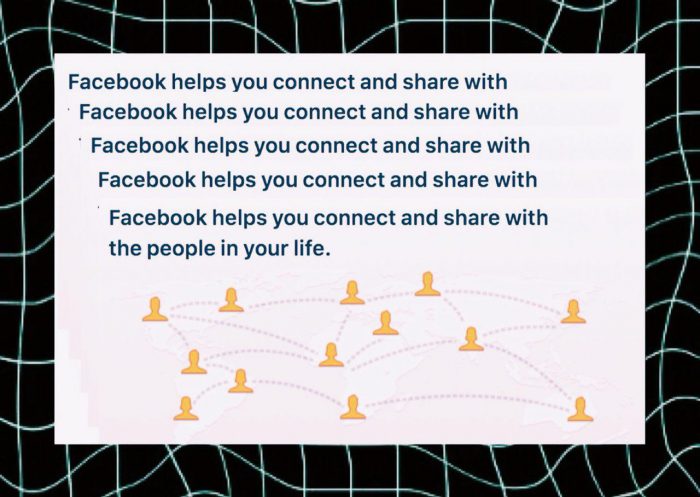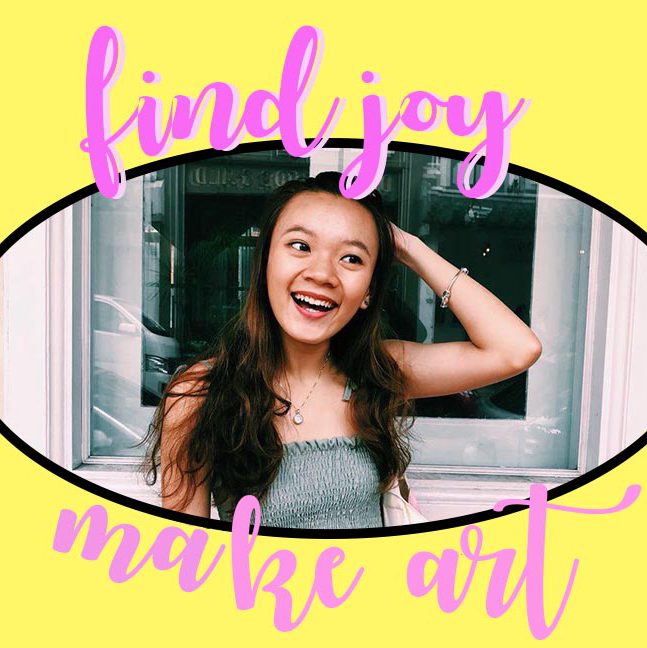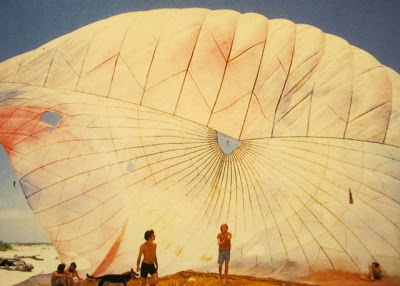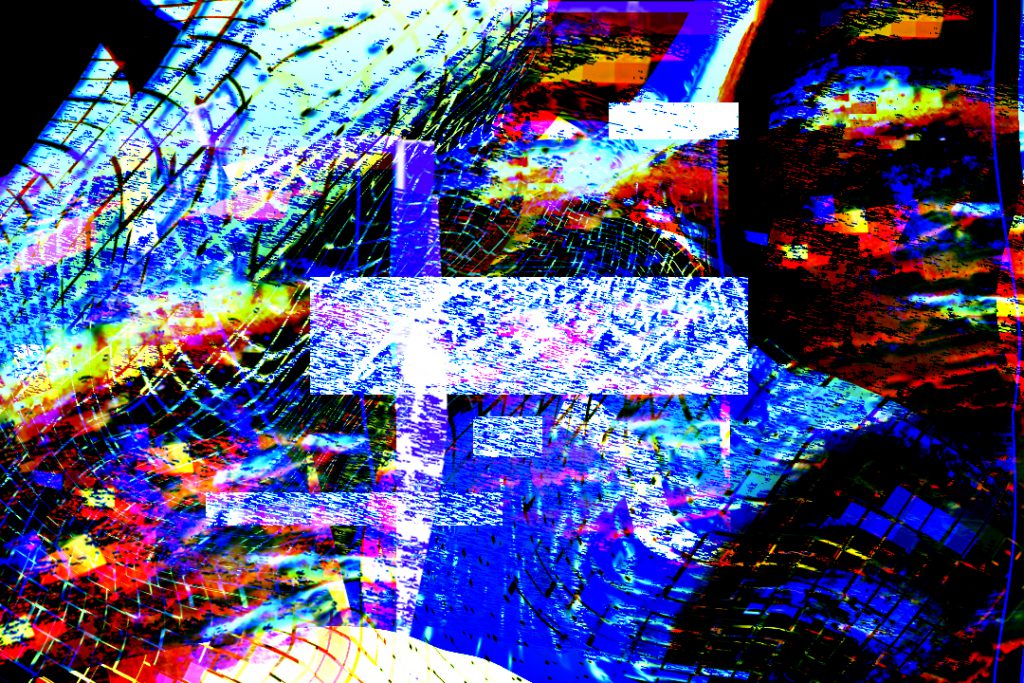
Face to Facebook,
Face to Facebook is an online installation piece put together by stealing 1 million Facebook profiles and compiling them all in a unofficial and custom-made dating page. Thereafter, many reacted to the dating website.
The creators of Face to Facebook collected profiles through a special custom software. They then studied and then customized a face recognition algorithm which is programmed to group the faces of the profiles to their supposed personality and traits, categorizing the profiles on the dating website.
On the surface, what the creators of Face to Facebook merely did was to compile the information found on the users’ Facebook profiles into another site. (which technically is not infringing on the privacy of the Facebook users, since the same information can be found on their Facebook profiles as well) However, compiling them on a dating page then changes the game. I am humoured by what the creators of Face to Facebook have done. They have made a point about the information we put online and has changed our perspectives of social media.
Our mission was to give all these virtual identities a new shared place to expose themselves freely, breaking Facebook’s constraints and boring social rules. So we established a new website (lovely-faces.com) giving them justice and granting them the possibility of soon being face to face with anybody who is attracted by their facial expression and related data.
-Creators of Face to Facebook
No doubt, the information on the dating website itself are distorted information, especially when the ignorant Facebook users are not actively looking for love on Facebook.Yet what I found interesting about it is that they come from harmless intentions, trying to prove a point on the type of information Facebook users put online in the increasingly connected world.
The things that happen on Facebook are really pretty meaningless. Not that they can’t have meaning, but simply that they don’t. Or, at least, they don’t until we get our collective hands on them. – D.E. Wittkower
In all honesty, we would not be bothered by a stranger’s Facebook we stumbled upon unless they are or friends, or people we have mutual friends with. Echoing what D.E. Wittkower has said, information we put on our social media are just extra information about our lives, very much like TMI (To Much Information) in current day teenage slang. Why then do we actively keep up with our social media accounts today? Are we merely updating our lives or trying to prove ourselves to others?
Parallel with Current Day Context – terming it Catfishing
In more recent news, as we shift from Facebook to Instagram and Snapchat in today’s context, information found on social media are still being stolen and used on dating websites and applications like Tinder. Catfish, is a coined term for it.
Catfishing which means to lure (someone) into a relationship by adopting a fictional online persona. This often means stealing someone else information online and putting them on another website with certain augmented information.
On example is in October 2017 when Benjamin Kheng, a Singaporean singer from the band The Sam Williow, discovered that there is a Tinder account created for him in Australia that he did not know about. The account used his images, but used abbreviation of his real name. The hacker who created the account used it talk to many girls on Tinder, giving a false image of the user of the profile the girls were talking to.
This ties in well with Face to Facebook and what the creators did to the Facebook profiles they found. Although there was not an ill intention to the created account on the dating website, but it has cautioned us on the information we decide to put online.
He compares our individual lives to those of cheese mites seen bustling about through a microscope. They all seem terribly busy with lots of activity, but as soon as we take our eye away from the magnifying scope, we see what it all amounts to: not much to post a status update about. He says that it’s the same with our lives as well—“It is only in the microscope that our life looks so big.” The microscope we have is this “I” that undergoes our experiences. It makes us focus in on our dinner in a way that we don’t focus on anyone else’s. It makes us care about our friends’ trivial status updates too. – D.E. Wittkower
In our world, social media has become such a huge part of our lives. We are all caught up with our phones, on social media. This has also resulted in FOMO (fear of missing out), an anxiety that an exciting or interesting event may currently be happening elsewhere, often aroused by posts seen on social media. Are we too caught up in being in the hype and sometimes lost our ability to find joy within our lives?
Current day, it is difficult to find ourselves connected to the people close to use in distance. With technology, we would rather be connected with people far from us through social media. We should they put down our phones, quit updating our Instagram stories, and step out to smell the flowers, smile at our neighbours, creating friendship much closer to us.
Additional Readings:
Face to Facebook – Hacking Monopolism Trilogy









